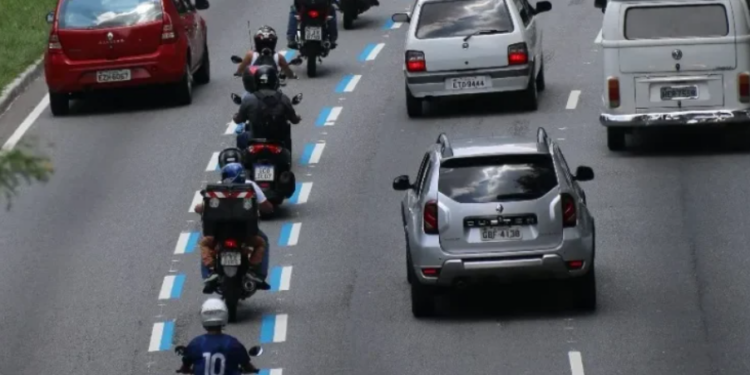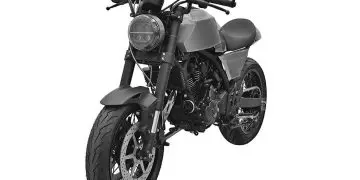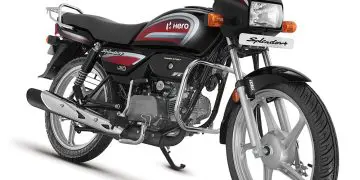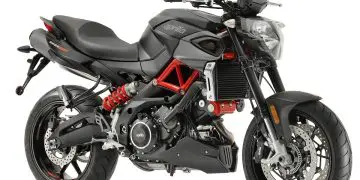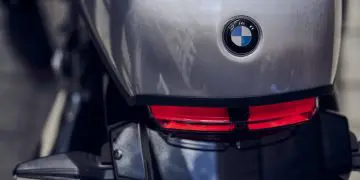
In this analysis, researchers used VIN decoder information to determine the correct category of vehicles involved in the accidents, whenever possible. This was useful for correctly categorizing large pickups, which were sometimes mistakenly classified as “trucks” in police reports. (For categorization purposes, researchers defined a medium/heavy truck as a vehicle with a gross weight over 4,536 kg).
It is important to note that Cicchino and Kidd observed that front collision prevention systems were associated with a 53% reduction in rear-end collisions involving strikers hitting other passenger vehicles. However, this percentage decreased significantly when it came to avoiding rear-end collisions with medium/heavy trucks and motorcycles.
The analysis, which included data from 18 states, found only a 41% reduction in rear-end accident rates where the struck vehicle was a motorcycle. In the case of medium/heavy trucks, the number was worse; only a 38% reduction was observed.
According to their estimates, researchers wrote that about 5500 additional accidents involving medium/heavy trucks and 500 accidents involving motorcycles could potentially be avoided if frontal crash protection systems were improved to recognize medium/heavy trucks and motorcycles as well as they currently recognize other passenger vehicles.
Furthermore, they noted that “almost half of motorcycle accidents are two-vehicle accidents where the other vehicle was a passenger vehicle”.
Additionally, however, there was another concerning observation that did not involve rear-end accidents with motorcycles.
Here, researchers wrote “For example, Teoh (2023) reported that over a quarter of two-vehicle motorcycle accidents involved the other vehicle turning left in front of the motorcycle, which could be addressed by left-turn assist systems that detect motorcycles”. In other words, left-turn assist systems are part of the challenging work of seeing motorcycles when drivers, for whatever reason, simply do not.


